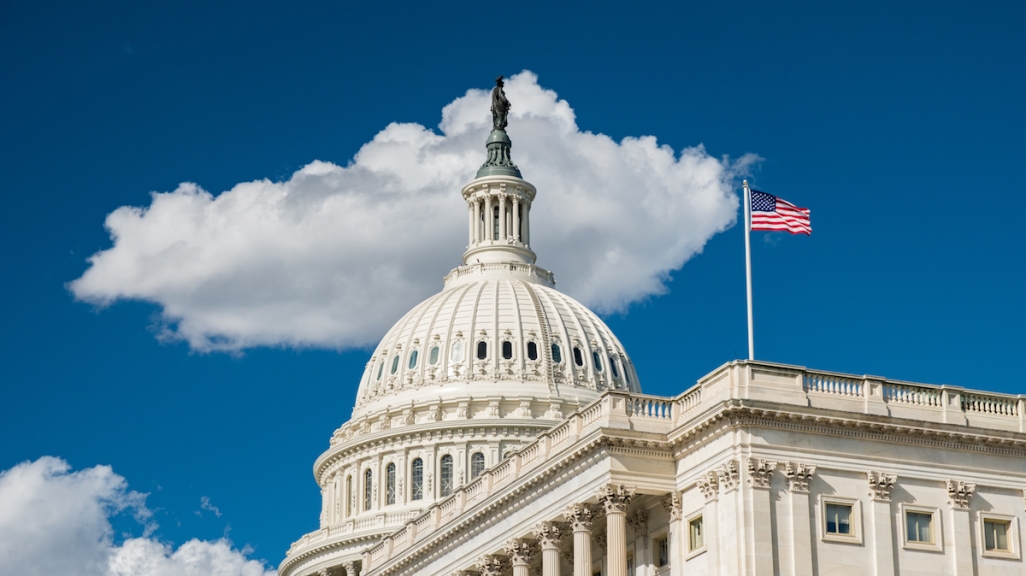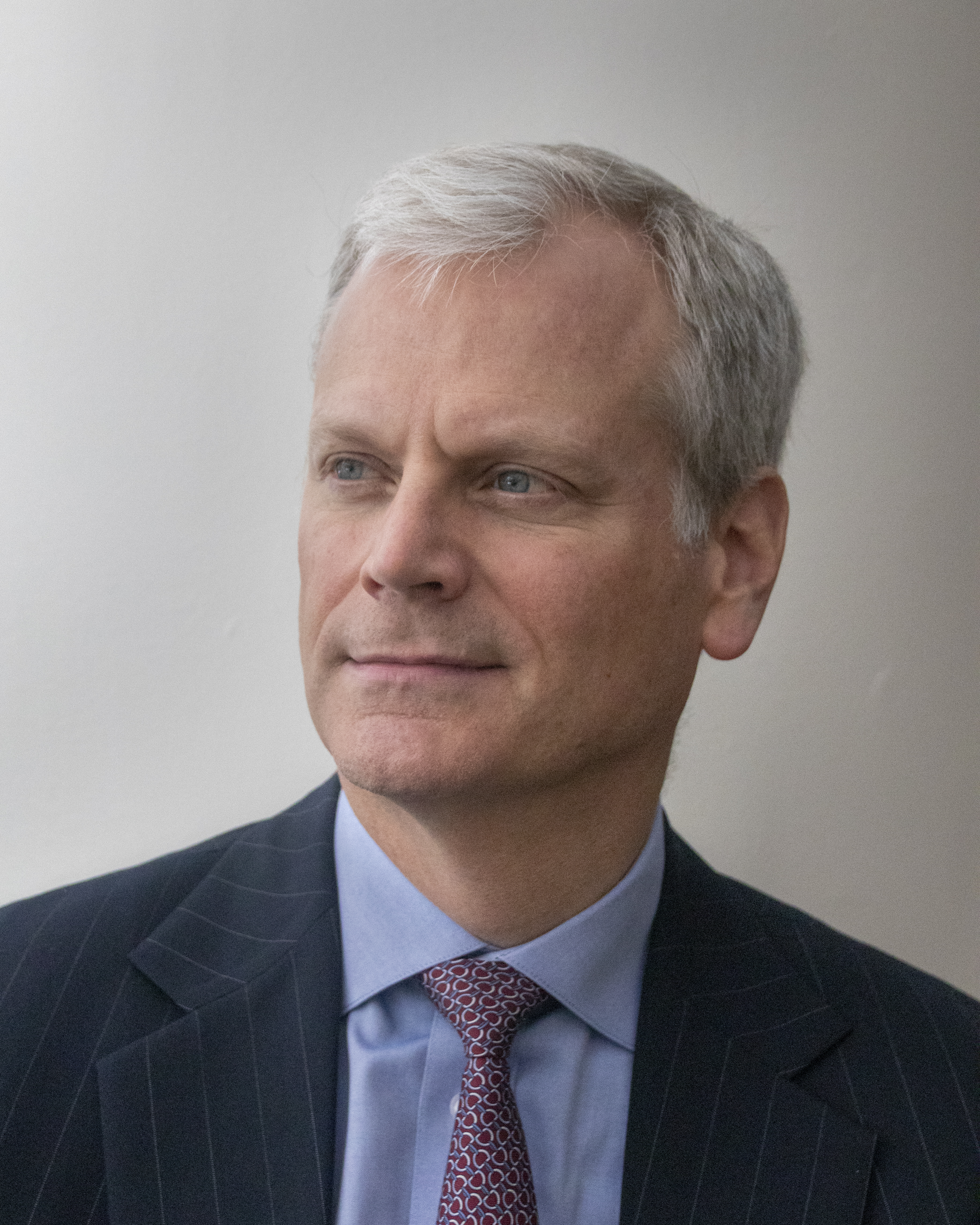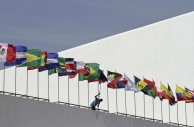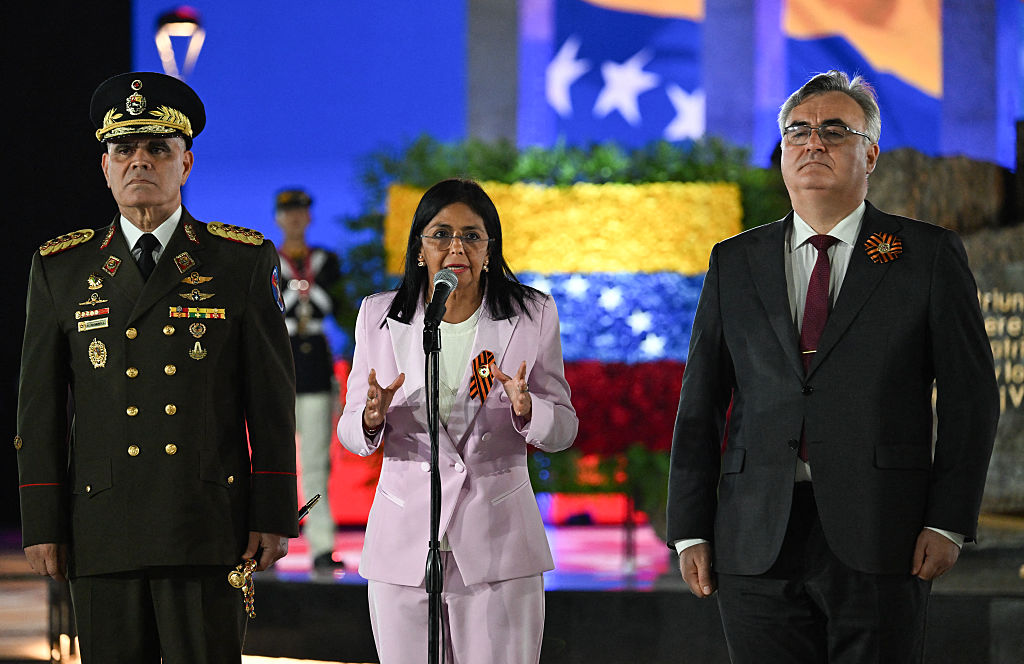Senate Testimony: The Ninth Summit of the Americas
Senate Testimony: The Ninth Summit of the Americas
The Los Angeles summit offers the opportunity for Washington to make a commitment to regional growth and recovery, says AS/COA’s Eric Farnsworth.
THE NINTH SUMMIT OF THE AMERICAS
HEARING BEFORE THE U.S. SENATE
COMMITTEE ON FOREIGN AFFAIRS
SUBCOMMITTEE ON WESTERN HEMISPHERE, TRANSNATIONAL CRIME, CIVILIAN SECURITY, DEMOCRACY, HUMAN RIGHTS, AND GLOBAL WOMEN'S ISSUES
MAY 26, 2022
ERIC FARNSWORTH
VICE PRESIDENT
COUNCIL OF THE AMERICAS
*** As Prepared for Delivery ***
Thank you, Mr. Chairman, for this opportunity to share my views with you and the Subcommittee on the upcoming Ninth Summit of the Americas, which the United States will host from June 8th through June 10th in Los Angeles. The Council of the Americas has been involved in the Summits of the Americas since the first Summit was conceived and hosted by President Bill Clinton in Miami in 1994, and in every Summit of the Americas since then. And my own involvement also dates to that first Summit, when as a young State Department officer I was one of the advisors working to bring the Summit together substantively and logistically.
The Vision at the Center of the Summits of the Americas
The Los Angeles Summit is an opportunity to build on that first Summit of the Americas, and on a process that has been in place now for almost thirty years. So I think it’s important to start by looking back at what drove the United States to launch the Summits of the Americas. The 1994 Summit took place at a singular moment in U.S. and global history—one that seems pretty distant right now, but which is important to capture. When President Clinton took office in 1993, the Berlin Wall had come down only four years earlier, and the Soviet Union had collapsed – largely peacefully – just a couple of years before. The United States was enjoying a unipolar moment as the sole superpower. Enjoying it, but also working to define what that unipolar moment would mean and how we would use it going forward, after almost half a century in which the Cold War dominated our and the world’s foreign policymaking.
In that context, the first Summit caught a democratic wave in Latin America and the Caribbean and launched the process for a region-wide free trade area. Most significantly, it represented a vision for U.S. relations with Latin America, and for the Americas as a whole. It sought to reshape the way we as Americans—“estadounidenses”—dealt with a region where history is remembered, and not always positively; to move past the Monroe Doctrine of the 19th century and the “backyard” talk of the early 20th century; to build on the Alliance for Progress of the post-World War II era; and to think of ourselves as “americanos,” partners with the region in advancing a shared set of values. It is a testament to that vision that it has endured for 28 years, and that the following Summits of the Americas were held with a similar vision for democratic partnership and open-market prosperity. The 2001 Summit in Canada spurred completion of the Inter-American Democratic Charter, a landmark, and still unique, document approved unanimously in Lima on September 11th, 2001, just hours after terrorists crashed civilian aircraft into the Twin Towers, the Pentagon, and a field near Shanksville, Pennsylvania. The Inter-American Democratic Charter committed the region’s governments to democratic governance, building on the commitment made in Quebec City that democracy would be a requirement for attendance at future Summits.
A Fading Sense of Purpose
Over the next 20 years, however, the sense of common purpose faded as we in the United States turned our attention, necessarily, to the “Global War on Terror.” Regional governments were sympathetic and ready to partner in this effort, but did not experience the threat in the same way. A growing number of illiberal governments in the region questioned U.S. actions as we sought to protect ourselves. Many governments also began to question the value of a U.S.-led regional trade area. By 2005, the Free Trade Area of the Americas was suspended, and by the time of the 2012 Summit, hosted by Colombia, governments were divided over what democracy and trade even signified, making it difficult to reach agreement on a common agenda.
In some ways, that is the story of the Summits of the Americas over the last two decades: a move from a shared vision for democracy, trade, and prosperity to a venue for taking a stand. Still, if each meeting became progressively less ambitious, successive U.S. administrations understood the value of the Summits. As the only gatherings where Latin and Caribbean governments come together with the U.S. and Canadian leaders, they provided a unique opportunity to advance regional dialogue and aims. President Bush attended two; President Obama attended three. And in each case, the Summit meeting served to connect the United States better with a region that, despite being so central to U.S. security and prosperity, is often overlooked in Washington.
The Lima Summit as Turning Point
The Lima Summit in 2018 represented a turning point in both substance and regional relations. Substantively, in the wake of the Odebrecht scandal that rocked many governments in the region, the Peruvian hosts focused the Summit on anti-corruption measures, achieving a meaningful, if limited, agreement for the first time in over a decade. This despite dealing with their own political instability and the resignation of their president just two weeks before the meeting. In some ways, the agreement heralded a possible return to the sort of visionary ideas that drove the early Summits of the Americas, even if the scope was narrower. For U.S. relations with the region, however, the Lima Summit represented a departure. When President Trump canceled his attendance, many in the region viewed it as a snub. The offer by Vice President Pence for the United States to host the next Summit, while welcome, did little to diminish the sting.
When President Biden took office last year, the normal planning process for a Summit of the Americas was already well behind schedule. Still, many in the region hoped that the Ninth Summit of the Americas could represent a turning point for the better. And the year-long delay necessitated by the COVID-19 pandemic seemed to offer an opportunity for the Biden Administration to mount a thoughtful effort around a new vision for hemispheric relations.
The Opportunity of the Los Angeles Summit
Two weeks out from the Summit, the general consensus in the region, and among Latin Americanists, is that the vision is clouded. I hope and trust they are wrong. Because we are at a moment of great uncertainty for the United States and for our Western Hemisphere neighbors. And in uncertainty there is opportunity. This Summit of the Americas, hosted by the United States for the first time in a generation, presents an opportunity for us to meet the region where it is: to present a true partnership for regional recovery, to work to ensure that the next pandemic wave is less terrible, and to stand firmly and resolutely for democracy.
Across the region, one constant since Miami is the desire to meet the needs and improve the lives of our citizens. And this is where we have a real opportunity in Los Angeles for lasting, positive change. Latin America and the Caribbean has been hit hard by the covid pandemic. Beyond the awful human costs, budgets have been strained, debt has increased, and rising U.S. interest rates are making dollar-denominated debt more difficult to service. The World Bank projects regional growth this year of just over two percent, hardly enough to create the jobs the region requires to get back on its feet or address rising social demands.
Ultimately, the region’s leaders themselves are responsible for job creation and development in their own countries, but we can help. And if we want the United States to maintain a privileged position in the Americas, we must help, because alternatives now exist that didn’t before. Cuba is no longer an outlier. Populism, illiberal democracy, authoritarian government, and even brutal dictatorships in Venezuela and Nicaragua, as well as Cuba, have appeared, challenging democratic institutions that were already weakened by corruption and a lack of rule of law. China has successfully asserted itself economically and is now the first or second trading partner of most countries in the region. And it is clear that China is looking to assert itself politically in the Americas, questioning the value of democracy and undermining democratic institutions, as part of an increasingly aggressive global competition with the United States.
The Opportunity for Recovery through Trade and Investment
The Los Angeles Summit offers the perfect opportunity for Washington to announce a commitment to regional growth and recovery, launching a concerted effort on debt service and relief, new lending, incentives for private sector-led investment, and trade. While a comprehensive trade initiative may not be in the cards, there is no reason Washington cannot propose a region-wide effort to liberalize and facilitate trade in individual sectors including environmental technology, goods, and services, the digital economy, and healthcare.
More ambitiously, we should be seeking to build on the United States-Mexico-Canada Agreement, USMCA, which received bipartisan support to advance North American economic integration. We should use the Summit to offer our neighbors the opportunity to join us, as they show interest and capacity to meet the standards and take on the obligations the agreement requires. The region is asking for such an agenda and will meet their needs elsewhere if we do not respond effectively.
The Opportunity for Recovery through Better Healthcare Systems
Second, the pandemic is not yet in the regional rear-view mirror, and it is already clear that sustainable healthcare systems are an investment in the region’s economies as well as in the well-being of its most vulnerable citizens. The United States has donated millions of vaccine doses to the region, and must continue to do so, for our wellbeing as well as that of our neighbors. Beyond prioritizing vaccine assistance, we should lead in strengthening the region’s healthcare systems by instituting a high-level, annual public-private health and economy forum. This would help make sure healthcare systems in the region work, that they are able to cope with the many health issues made worse by the COVID-19 pandemic – including mental health, noncommunicable diseases, and women’s health concerns – and are able to deal with the next pandemic that scientists assure is only a matter of time
The Opportunity for Recovery through A Renewed Commitment to Democracy
Finally, we have to be committed stewards of regional democracy. We can all do better in practice, the United States included, but it is important to uphold the democratic standard for Summit participation, and to continue working to strengthen democratic institutions against undermining from corruption, populism, and autocratic leaders. That is why, Mr. Chairman, concrete bipartisan leadership on the “Upholding the Inter-American Democratic Charter Act of 2022” is so very much appreciated. That is why those who have not been democratically elected should not be invited to the Summit of the Americas. And that is why Venezuela’s constitutional leader, Juan Guaidó, should be at the Summit.
Why the Summit of the Americas?
Trade and investment, healthcare, democratic governance. These issues are no easier to develop consensus around than they were three years or ten years ago. In fact, they are fraught, for us at home, for our hemispheric neighbors, and for us as a region. But they are critical for our prosperity and for that of the Americas as a whole.
So as we prepare for this Summit, these thorny issues before us beg a question: at this point, what is the purpose of these regional summits? Because simply fulfilling a commitment to meet is not enough. What is needed, what we are hoping for, is a renewed vision for the region, led by the United States and crafted together with those committed to partnering with us, based more on values and less on geography. Working toward regional recovery, expanding trade and investment, addressing healthcare and other social needs, and standing for democracy—even when it may be unpopular to do so—would make for a great start down the path toward this renewed vision. It is what I am hoping for. It is what the region is hoping for. And I believe, with the leadership of the United States, it is well within our ability to achieve.
Mr. Chairman, thank you for the opportunity to testify.
AS/COA’s Steve Liston shares background information on the upcoming Summit, to be held in June in Los Angeles.











